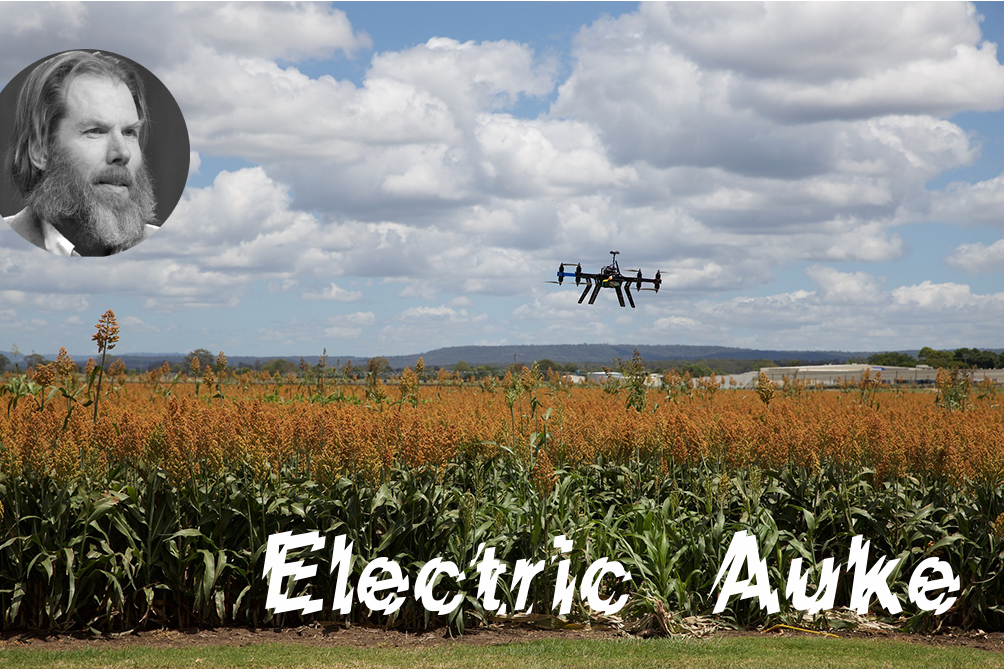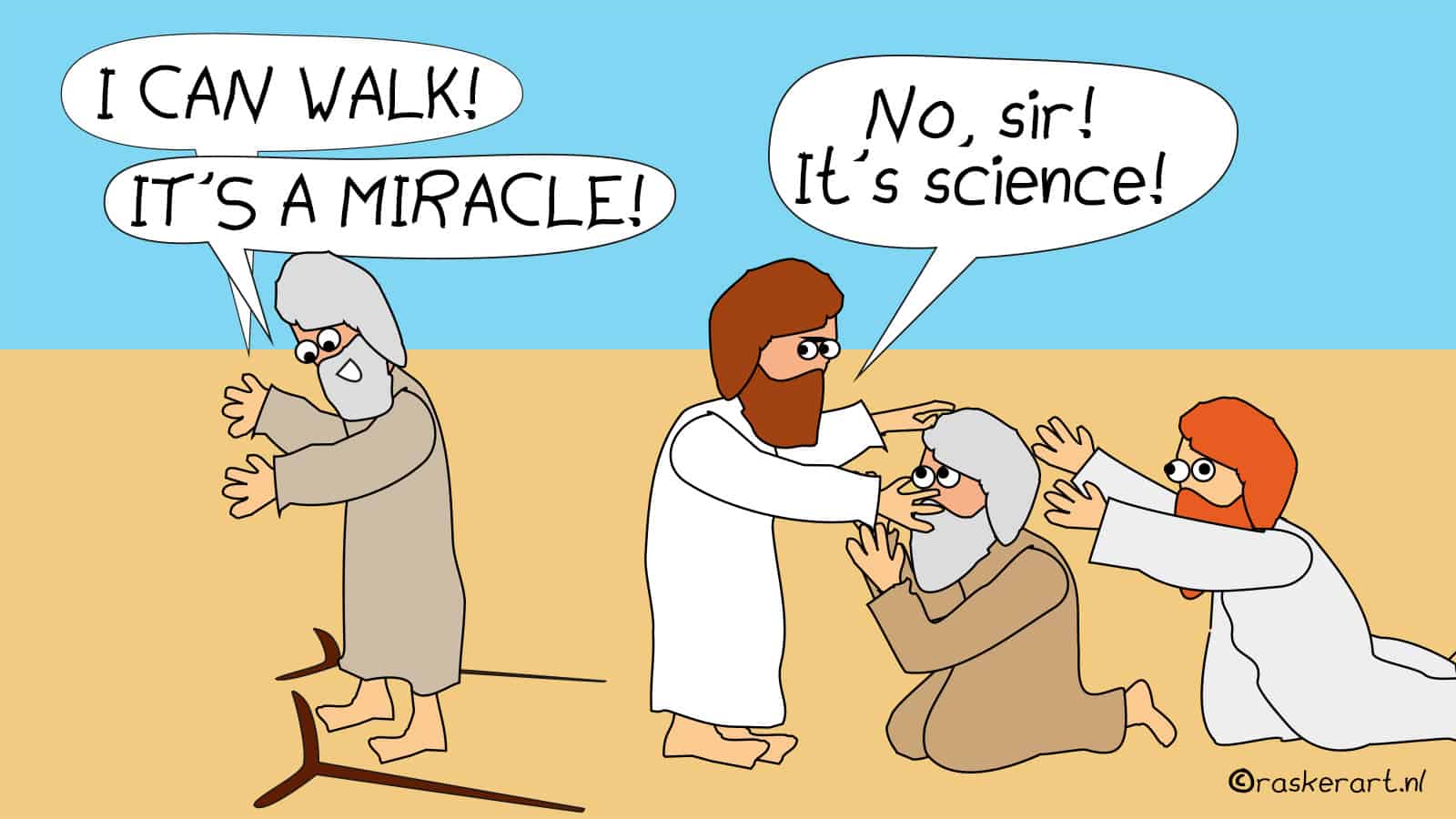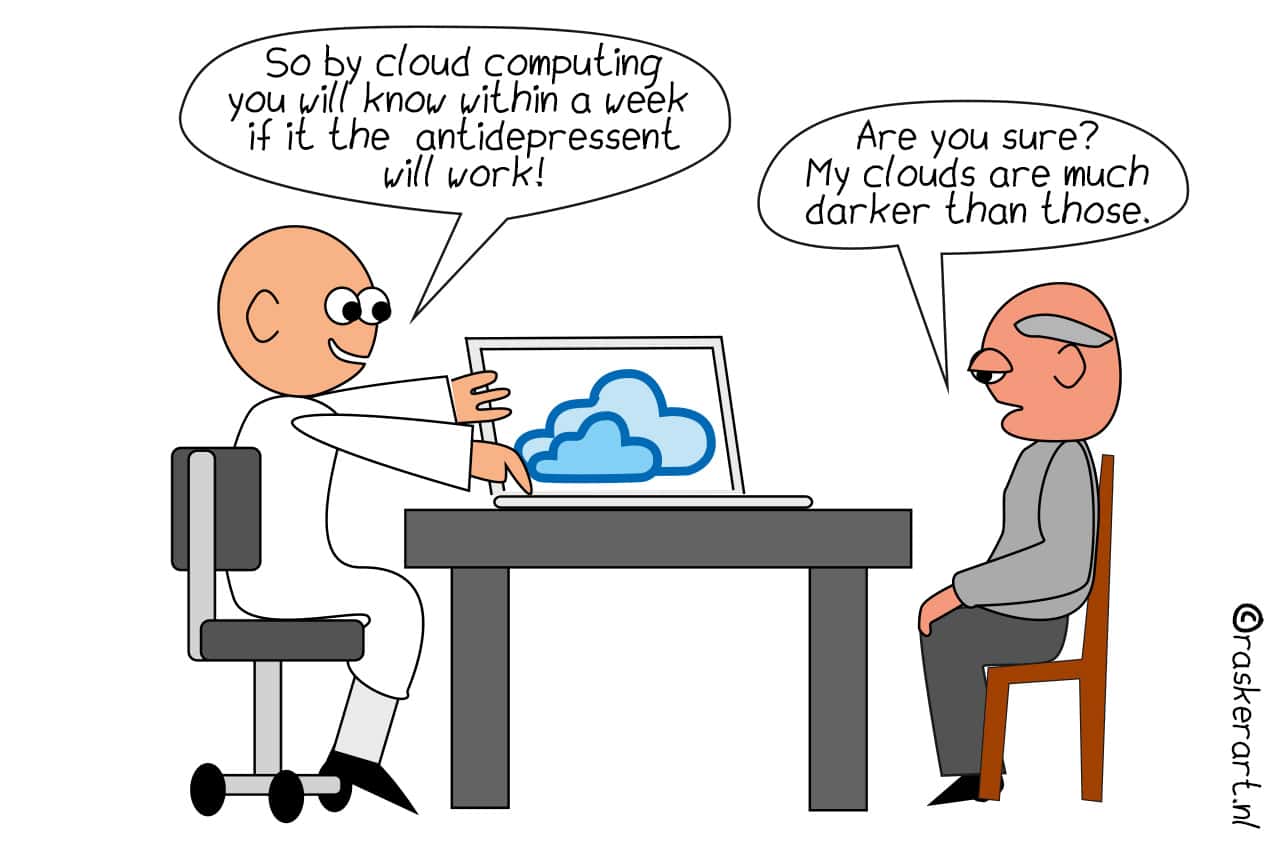
When Auke appears on screen, he takes a sip from his can of cola and immediately begins to say: “The last few weeks I’ve been very busy working on a novel. It’s set in the future, beyond the fossil era that we are still partly living in. It’s going to be a kind of look back at how we managed to get rid of fossil fuels. That’s where a lot of my thoughts are going at the moment. But it’s an incredibly cool thing to do and I’m very curious about the result. And if people will want to read it, of course.”
But he is saving the novel for some other time. Today, Auke wants to talk about our agriculture. He has an idea about how we can get rid of those boring sprawling fields. How we can turn them into beautiful landscapes that people will enjoy more. And not unimportantly, it would also be better for the earth, according to Auke. How does he propose to achieve this?
From scaling up to precision agriculture
With the help of self-guided robots, drones and other kinds of sensors. In other words, precision agriculture or ‘pixelcropping,’ as Auke himself likes to call it. “Nowadays, agriculture needs increasingly fewer people for larger tracts of land and higher yields. Machinery is getting bigger. In the US, you have behemoths that are over 15 meters wide to plow the land or plant seeds. They are truly spectacular machines. They enable farmers to work large areas of land in one go, pretty handy,” Auke explains.
In his view, this scaling up of technology is determining what agriculture looks like. “This has created a monoculture in agriculture. Obviously, it is convenient for farmers to work square pieces of land with those huge machines instead of random strips of land. Land consolidation has solved this, but it has led to boring-looking landscape with very little diversity.”
From dull monoculture to diverse landscape
“Basically, I want to turn it back around. With the help of pixelcropping, giant machines driving over precise squares will no longer be necessary. Self-guided robots can do a more precise job and are much lighter, so they don’t flatten the soil as much and can work around paths or patches of forest.”
“Let beautiful flowers, plants or trees grow around these agricultural strips. That way you will also counteract soil impoverishment. Introduce plant species that benefit from each other’s presence and attract birds, other animals and insects. This is not only good for biodiversity, but it also means that people get to enjoy nature much more.”
Auke thinks that pixelcropping is also applicable on a large scale: “Farmers can use robots and all kinds of sensors to monitor the soil and their various crops per square meter – sometimes even on smaller sections. They therefore know exactly where to put extra fertilizer or when a plant needs extra water. The yield is increased slightly this way, fewer raw materials are lost and less land is needed for the same harvest. So you can veer away from that boring monoculture and keep on growing enough food for everyone at the same time.”
From service robots to agricultural robots
He also realizes that this will not happen overnight. “Look how long it took us to accept the concept of the electric car. You do see some projects involving pixelcropping on a small scale, but the technology is still relatively expensive. I’m not too worried about that. That may well change very quickly.”
“That has to do with the following: Something I mention practically all the time – batteries for these types of vehicles are becoming better, lighter and cheaper. The same goes for the software and hardware you need for self-driving robots. A while ago, this was still pretty special, but nowadays you can do a lot with open source software. Look at the soccer or service robots that can dodge objects and create a 3D map of their surroundings – they’ve come such a long way. You can also apply this open source software to agriculture, because whether a robot has to hand someone a can or pick up a plant, the principle remains the same.”
You can also read more about these innovations in our robotics dossier here.
Auke believes that this rapid development is also due to the engines used in gaming. “In games, cars drive around reacting to what is happening in the virtual world. This is calculated very quickly and displayed on your screen. But whether this happens virtually or in the real world makes little difference to these calculations. Computers are becoming more powerful and calculations are getting faster. Over the last few years, in-game vehicles have become increasingly realistic”, says Auke.
From student project to developments with direct impact
Or what about computer boards like Nvidea Jetson, Rasberry Pi and Arduino? “These boards are becoming more and more powerful and the possibilities more elaborate. For not much money, you have the capabilities to put together a self-driving agricultural robot. That really wasn’t the case ten years ago.”
All these developments make precision agriculture extremely suitable for a student project. To this end, Auke is setting up a collaboration with the Robotics Department at TU/e, Avans, Wageningen University and NEON in the Netherlands.
“I want to make the earth a better and more beautiful place. Electric transportation reduces CO2 emissions, and I think that’s great. But the knife cuts both ways here. We can cut down on the use of land, improve biodiversity and create more beautiful landscapes. I’m captivated by this idea and want to work with students to figure out how to make better and smarter robots. Maybe in a competition like the Solar Challenge in Australia or through some kind of contest. I think this generation would really get a kick out of working on developments that have an immediate impact. Just watch: Within five years, pixelcropping will gain a foothold!”








